Create a list of articles to read later. You will be able to access your list from any article in Discover.
You don't have any saved articles.
A fun food-based activity to keep kids entertained at home.
Create a colourful caterpillar, watch cress grow and eat the tasty results.
Follow our simple instructions to transform eggshells and cress seeds into a caterpillar.
There are hundreds of types of caterpillar in the UK to choose from. We've highlighted a selection of interesting ones for inspiration.
Cress grows quickly. You should start to see your seeds sprouting within a few days and often in as little as 24 hours. After seven days, the cress will usually have grown at least three centimetres tall and be ready to harvest.
Caterpillars are the second stage in the lives of butterflies and moths.
There are 59 different types of butterfly in the UK and just under 2,500 types of moth.
Here's a selection of colourful British caterpillars with dramatic patterns to use as inspiration for decorating your eggshells:
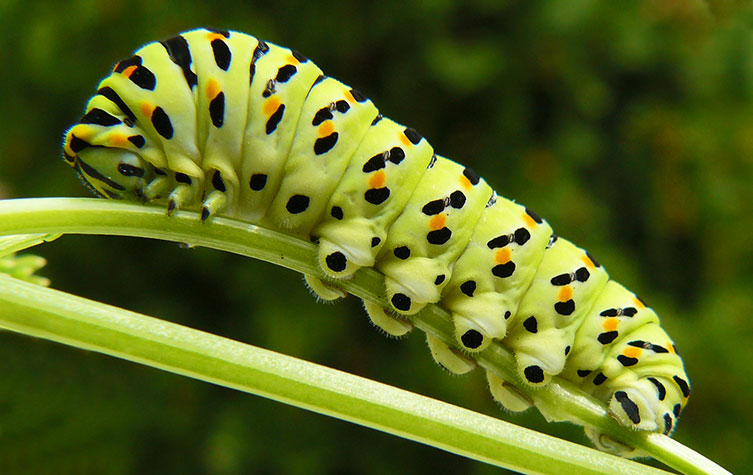
Swallowtail butterfly caterpillar (Papilio machaon)
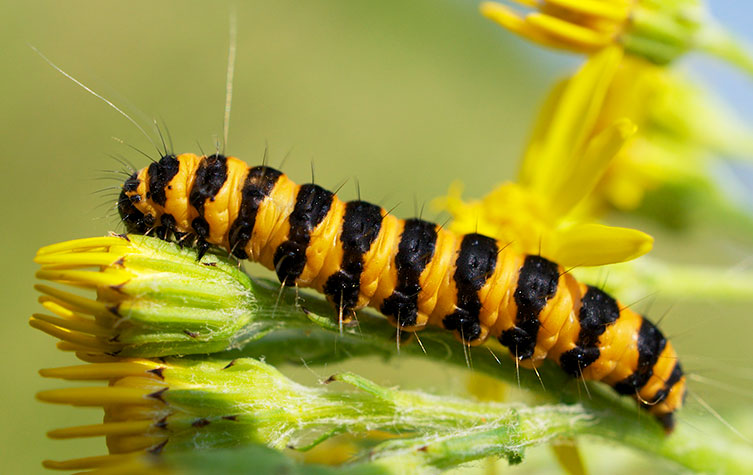
Cinnabar moth caterpillar (Tyria jacobaeae)
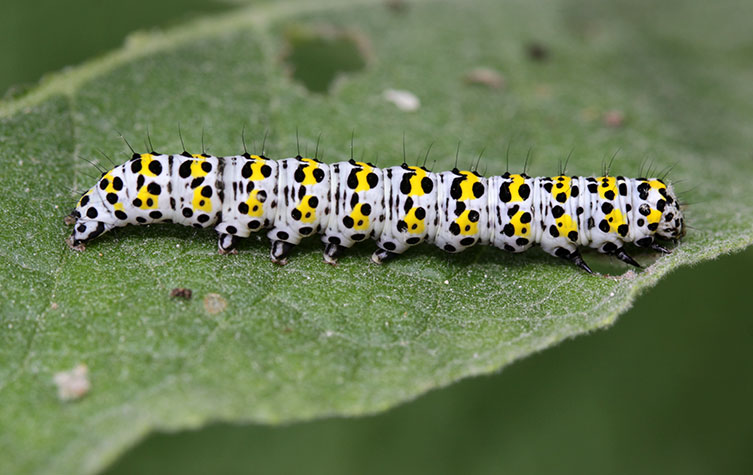
Mullein moth caterpillar (Cucullia verbasci)
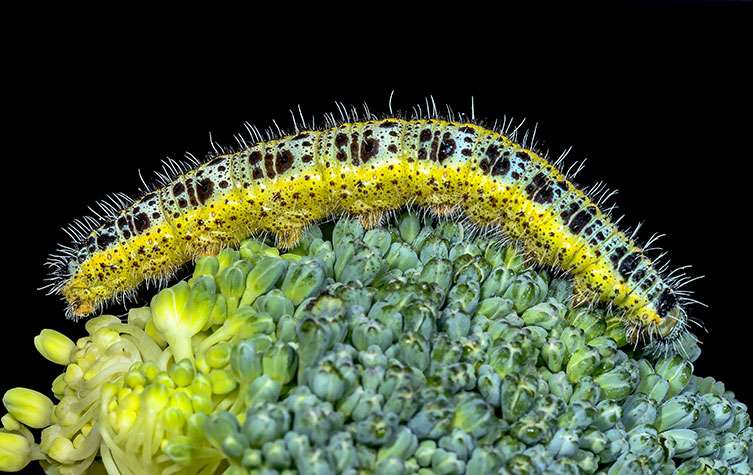
Large white or cabbage white butterfly caterpillar (Pieris brassicae)
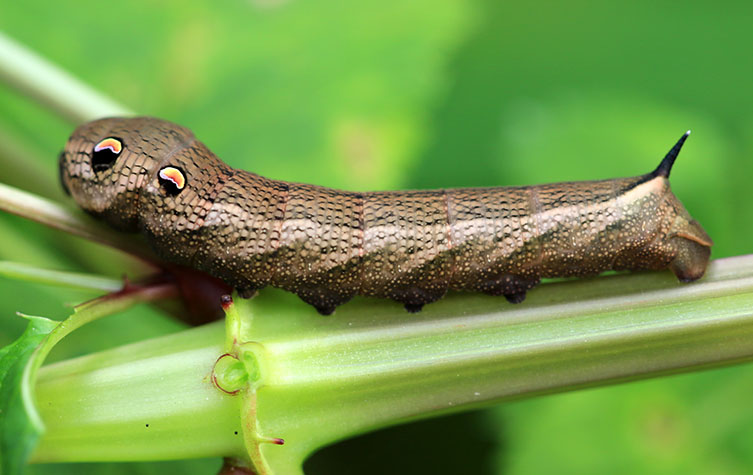
Elephant hawkmoth caterpillar (Deilephila elpenor)
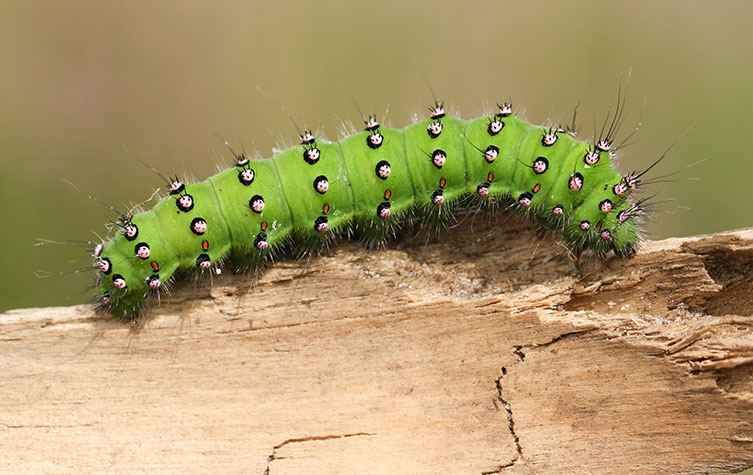
Emperor moth caterpillar (Saturnia pavonia)
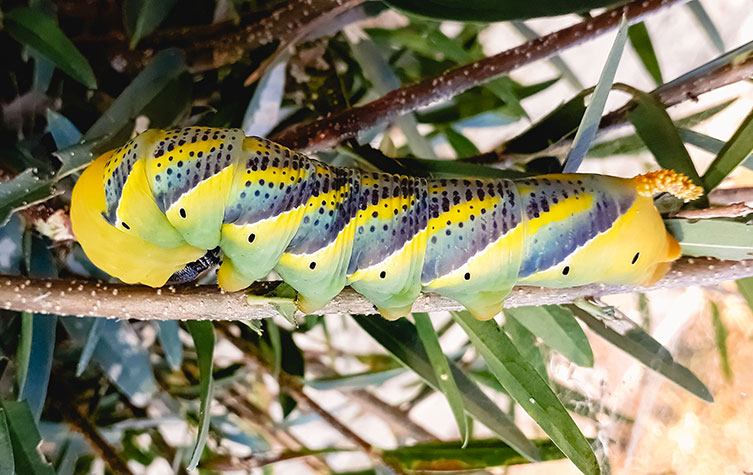
Death's-head hawkmoth (Acherontia atropos)
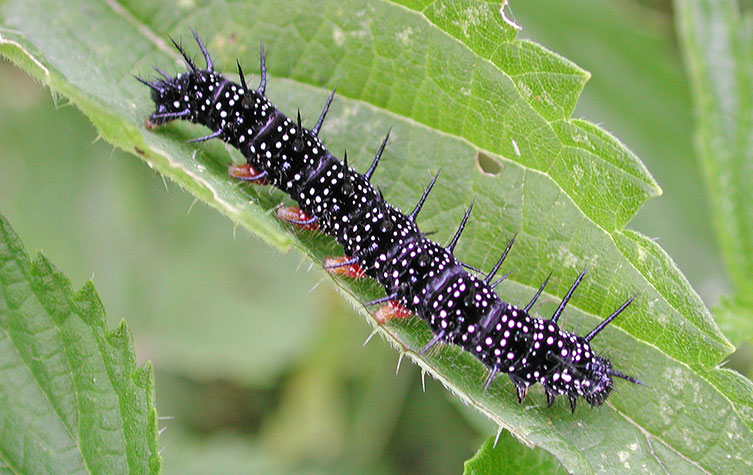
Peacock butterfly caterpillar (Aglais io)
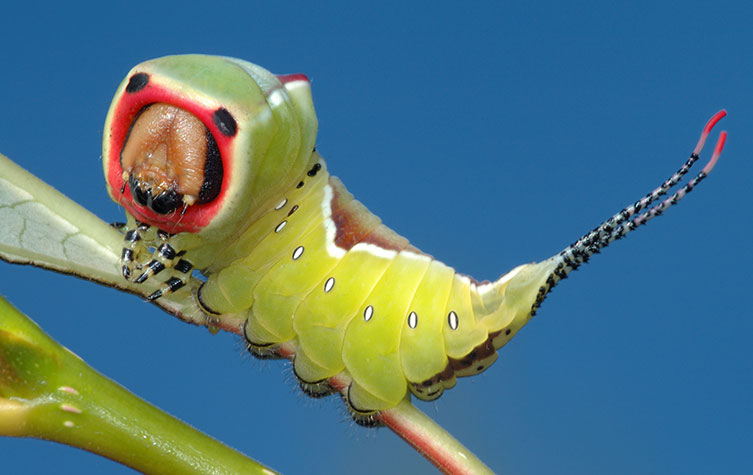
Puss moth caterpillar (Cerura vinula)
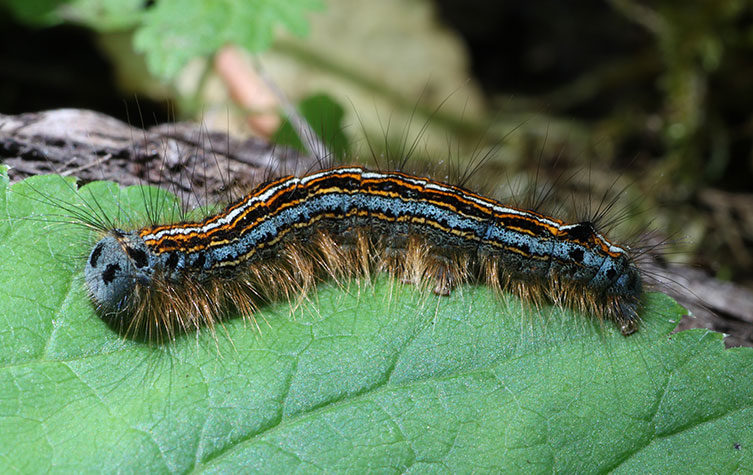
Lackey moth caterpillar (Malacosoma neustria)
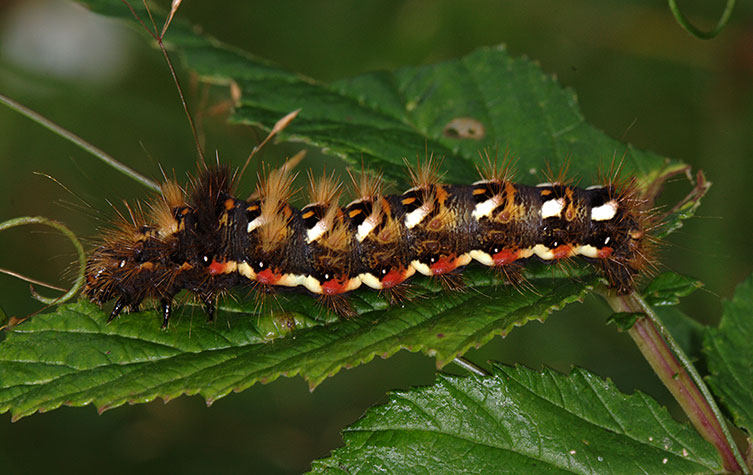
Knot-grass moth caterpillar (Acronicta rumicis)
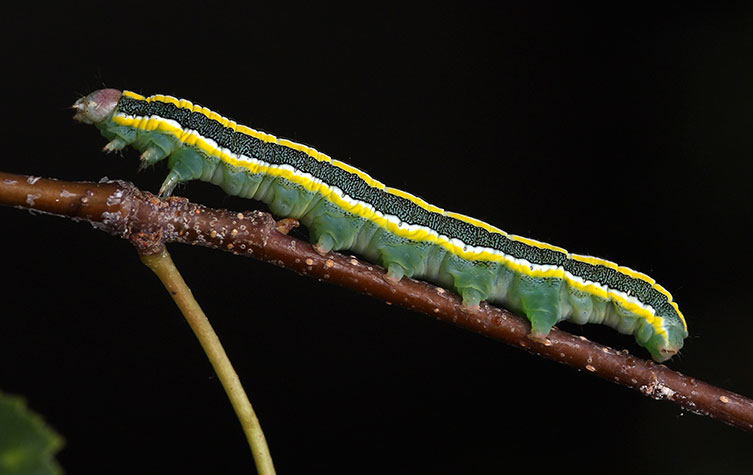
Broom moth caterpillar (Ceramica pisi)

Comma butterfly caterpillar (Polygonia c-album)
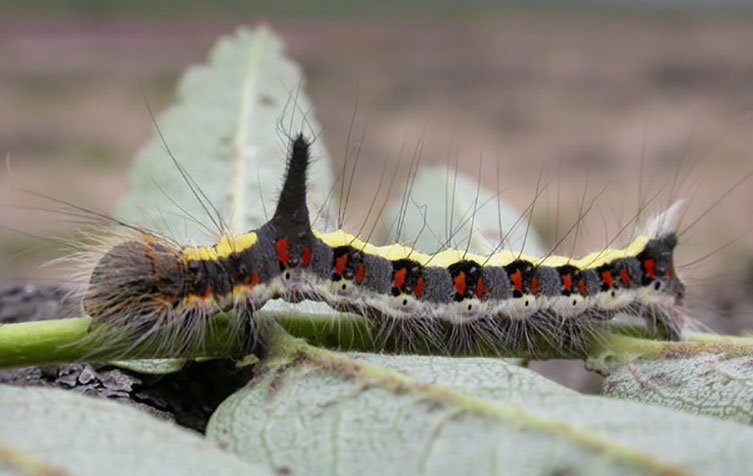
Grey dagger moth caterpillar (Acronicta psi)
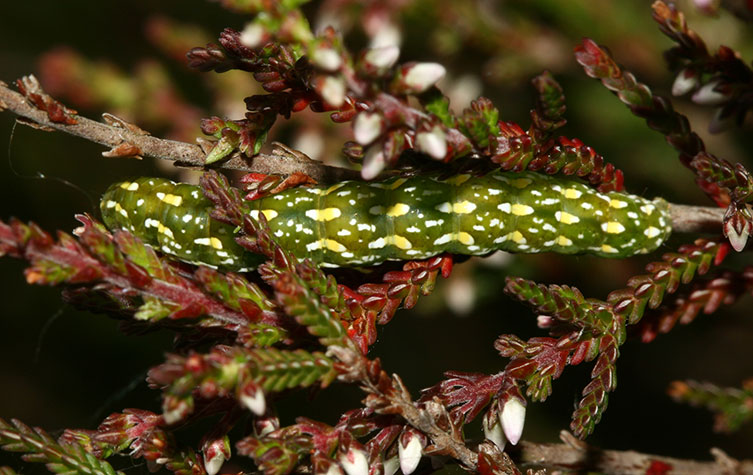
Beautiful yellow underwing moth (Anarta myrtilli)
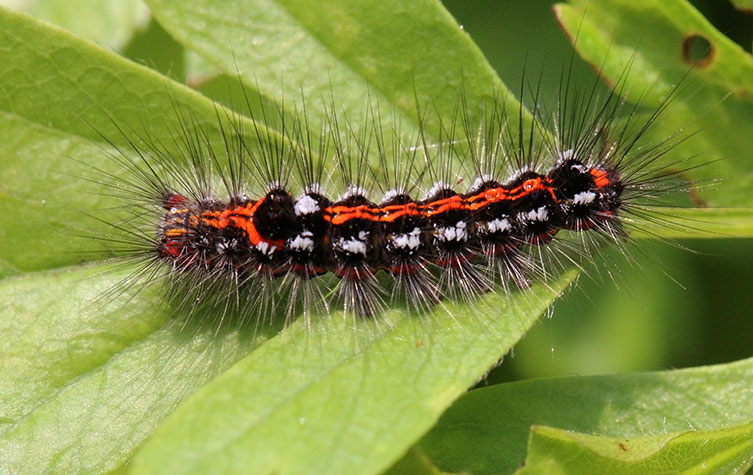
Yellow-tail moth caterpillar (Euproctis similis)
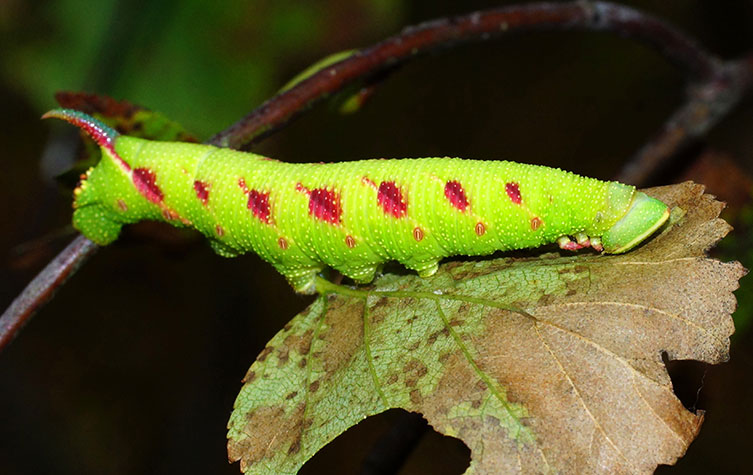
Lime hawkmoth (Mimas tiliae)
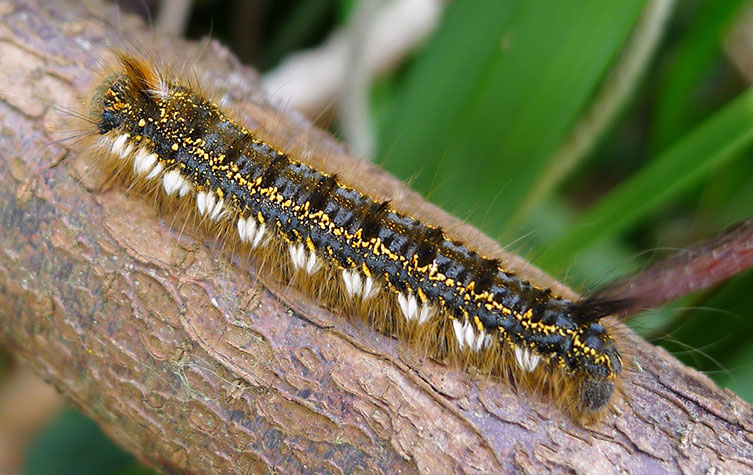
Drinker moth caterpillar (Euthrix potatoria)
Many caterpillars are dull browns and greens, which helps them stay hidden on leaves and branches.
Others have gone for the opposite approach and are decorated with vivid colours and patterns. This is to warn predators such as birds that they taste bad or are dangerous to eat, or to at least fool the predators into believing this.
Some caterpillars even develop disguises that, combined with particular behaviour, startle predators. For example, the eyespots of the elephant hawkmoth caterpillar are thought to make it look like a more intimidating animal.
Like other insects, caterpillars have six proper legs. They are attached to the part of their body nearest their head. Caterpillars have additional stumpy body parts called prolegs towards the back of their body that help them move around. They use them to grip onto twigs, stems and other surfaces.
Different caterpillar species have different numbers of prolegs - between two and five pairs. So, caterpillars can look like they have up to 16 legs, although only six are true legs with joints like our knees and ankles.